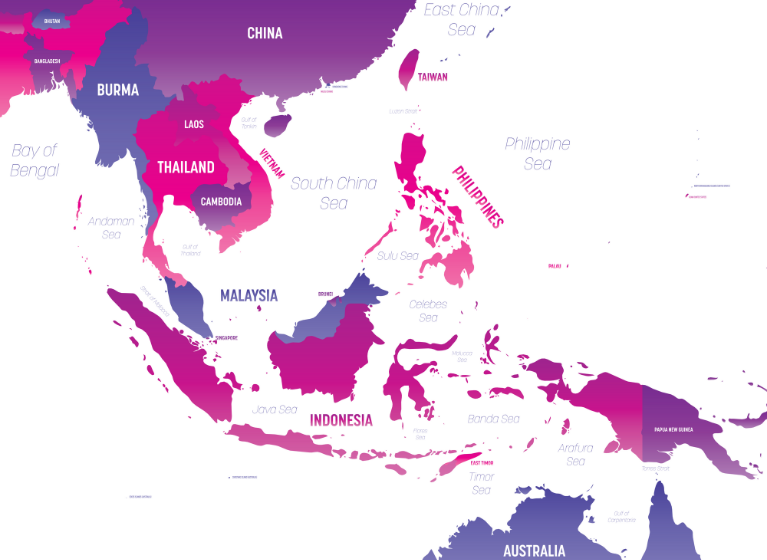Generally, patent term extensions are granted based on minimal supporting evidence. A recent Patent Office decision serves as a useful reminder that more comprehensive evidence may be required in some circumstances. The decision also illustrates the potential complications when a patentee is extending patent term based on registration of a therapeutic good by a third party.
An opposition on point
In a recent opposition to patent term extension, a patentee sought to extend the term of several of its patents for sustained release formulations of tramadol based on the registration of TRAMAL SR 100 by a third party. The application was opposed. Interestingly, the patentee, product sponsor and opponent of the patent term extension are all different entities. Eligibility for a patent term extension in Australia requires, among other criteria, a pharmaceutical product be registered on the Australian Register of Therapeutic Goods (ARTG) that contains a pharmaceutical substance within the scope of a patent claim. It is not necessary for the patentee to be the sponsor of the therapeutic good. The issue in the opposition was whether or not the patentee had proved that TRAMAL SR 100 contained a pharmaceutical substance within the scope of the relevant patent claim.1
Key claim features
The relevant patent claims required, among other things:
- a controlled release matrix with between 1 and 80% w/w of one or more hydrophobic polymers (one of which is a cellulose ether); and
- a specified dissolution profile.
The patentee’s journey
The patentee had limited information on the relevant therapeutic good. The initial application for the extension of term included the public summary for TRAMAL SR 100, which confirmed that the product contained controlled release tramadol of the requisite dose. The ingredients in TRAMAL SR 100 were also provided. These could have been obtained publically from the product label. The ingredients list showed the TRAMAL SR 100 included a hydrophobic polymer that was a cellulose ether. Presumably, in an attempt to avoid the expense of conducting experiments, the application for the extension of term asserted (without evidence) that the hydrophobic polymer content and dissolution rates were as claimed but did not provide proof of the actual hydrophobic polymer content and dissolution profile for TRAMAL SR 100. The opponent argued that this was not sufficient and the Patent Office agreed. Fortunately for the patentee, the Patent Office considered the additional data filed during the opposition, which established the dissolution profile for TRAMAL SR 100 and the exact quantity of the cellulose ether, hydroxypropylmethylcellulose. Unfortunately, further information was needed to confirm an appropriate quantity of hydrophobic polymer in the TRAMAL SR 100 as that product also contains the hydrophobic polymer microcrystalline cellulose. The patentee was provided with an opportunity to produce the final information needed to support their extension request.
Why would a patentee need to rely on a third party product registration?
It is fair to ask “how often am I likely to find that a competitor has beaten me to registration of my patented product?” While infrequent, this situation can occur. If two companies are independently working on a new product such as a new salt form for a known compound or the first controlled release formulation for a medication, it is possible for one company to patent their invention and then find that their competitor has achieved first product registration. Even if the company later registers a product and pursues the competitor for patent infringement, their patent term extension will be calculated by reference to the first product registered in Australia that falls within the scope of the patent claims, that is, the competitor’s product registration will determine the calculation of the period of patent term extension unless that product does not fall within the scope of the patent claims.
Tips for future applicants for patent term extension…
- Consider the evidence needed in advance
Before applying for the extension, it will be useful to analyse the claim scope to determine the evidence likely to be needed to support the application. - Consider the possibility of a relevant third party product registration
When it is time to consider patent term extension it is worth considering if any of your competitors products fall within the scope of your claims. If they do, your application deadline could be earlier than expected (this also applies where the product is an enantiomer and the racemate was previously registered). - Consider the consequence of applying for a patent term extension when you are not the sponsor of the relevant therapeutic good
A patent term extension can be obtained by a patentee based on registration of a pharmaceutical product for which they are not a sponsor. There are some additional complications to using this strategy for the simple reason that you know less about a product that is not yours. For example, depending on the scope of the relevant patent claim, experiments may need to be conducted to show entitlement to the extension of term.
1 Southern Cross Pharma Ltd v Euro-Celtique S.A. [2016] APO 1





